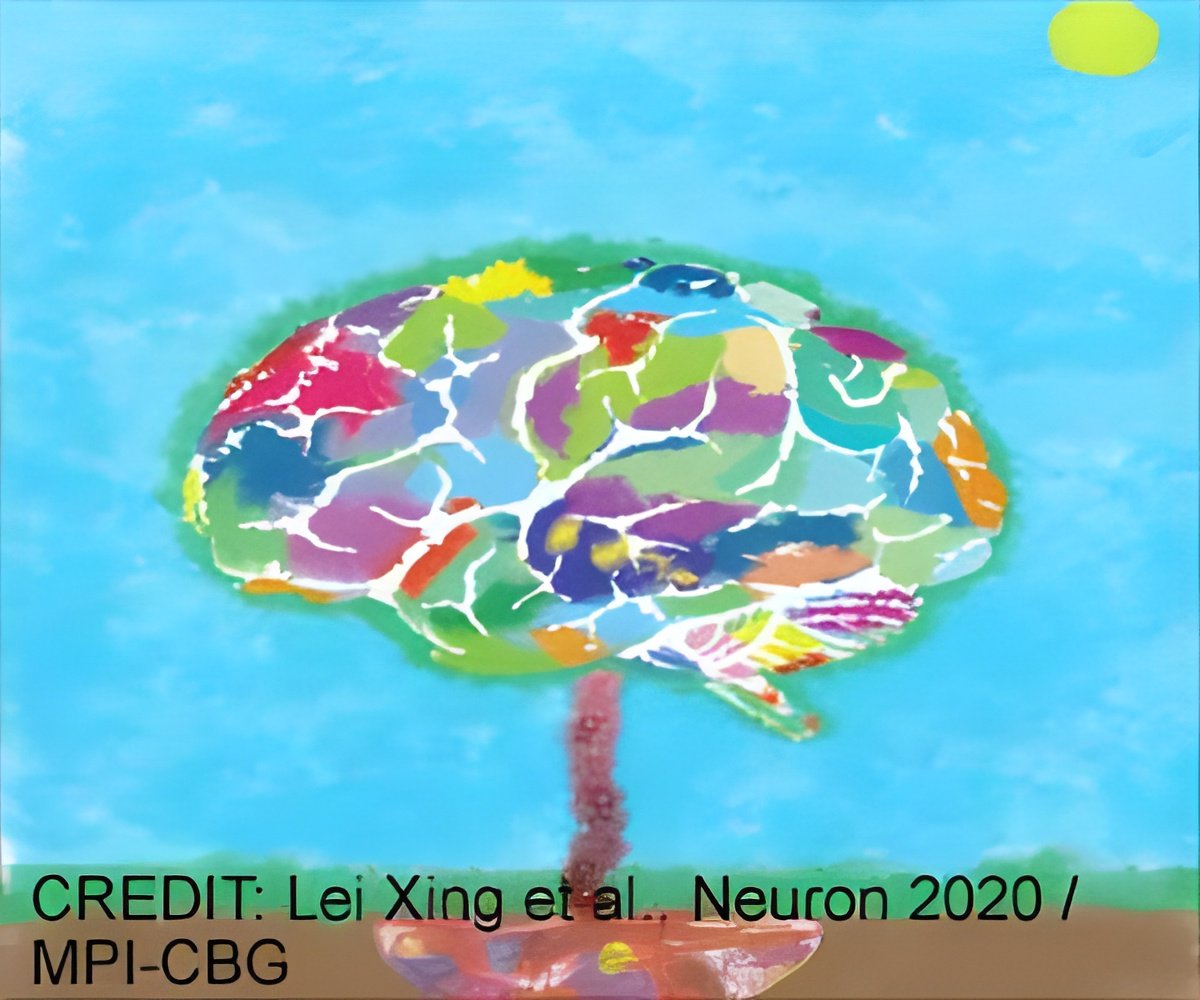The newly added disorder will likely also expand funding for research into treatments, the newspaper reported. Naltrexone, which is used to treat addiction, is in clinical trials as a form of grief therapy.
Prolonged grief disorder was added to a key manual used by mental health experts that includes standards for assessing and diagnosing mental health conditions.
The formal recognition of the disorder will help medical professionals be properly reimbursed for providing medical care.
The condition occurs when someone experiences extensive and intense feelings of grief after losing a loved one. In some cases, the grief can persist for more than 1 year and begin to cause disruptions to the person’s physical, mental and spiritual health.
“Because many of us live in a diagnosis-centered society, the addition of prolonged grief will allow those who experience it to feel more validated in their emotions. It will help therapists and mental health professionals because insurance claims can be more easily verified around grief-related experiences,” said Kassondra Glenn, LMSW, a licensed psychotherapist and a consultant with Prosperity Haven Treatment Center.
“It may be difficult to concentrate, perform normal activities, or sleep may be impaired. There may also be intense waves of different emotions, or feeling intensely overwhelmed,” she said.
Grief usually resolves within 6 to 12 months, but some may experience persistent symptoms of grief and develop prolonged grief disorder.
Nolan said that they may see a decline in physical, emotional, or spiritual health, when the grief is haunting.
The symptoms of prolonged grief disorder include emotional weakness, intense emotional pain and loneliness, identity disruption, and disbelief about the person’s death.
“Grief can completely derail functioning. It is not linear and often shows up in unexpected ways,” Glenn said.
In United States alone, the pandemic COVID-19 has taken the lives of approximately 970,000 peopleand a study estimated that 120,630 children lost a primary caregiver in 2021, but now it is believed to be more than 200,000.
Many were unable to be with their loved ones or attend their funerals when they died due to COVID-19 restrictions. In addition, social isolation broke people’s support networks and triggered feelings of loneliness.
“These pandemic-related changes may have caused a person’s grieving process to be interrupted or prolonged,” says Nolan.
Their bereavement is considered to last longer than social norms, causing distress or problems functioning in important aspects of their lives, such as socially or occupationally. Other symptoms of prolonged grief disorder include identity disruption (i.e., feeling as if part of yourself has died), a marked sense of disbelief about the death, avoidance of reminders that the person is dead, intense emotional pain, intense loneliness, emotional numbness, or a feeling that life is meaningless, among others, according to the APA.
“The circumstances in which we are living, with more than 675,000 deaths due to COVID, may make prolonged grief disorder more prevalent,” said Dr. Vivian B. Pender, MD, president of the APA, in a news release from the association about the official disorder.
By incorporating prolonged grief disorder into DSM-5, the APA has made it easier for physicians treating the disorder to reimburse them for any care related to it.
“This would, in theory, allow people continuing to struggle with grief to receive treatment for it when otherwise they would not have been able to,” Nolan said.
This addition is also expected to help researchers access funding to research the causes, risk factors, and treatment methods for prolonged grief disorder. Glenn thinks that this could help people experiencing grief feel more comfortable in their emotions.
“It will allow people to have more accurate language around their grief, and perhaps allow grief to become a more acceptable [and] integrated experience in society,” Glenn said.
Prolonged grief disorder is now officially recognized as a mental health condition by APA and it occurs when someone experiences extensive and intense feelings of grief after experiencing loss.
Since then, researchers have continued to study grief, which appears to be distinct from depression and more closely related to stress disorders, such as post-traumatic stress disorder. Scientists and researchers worked on the guidelines that would distinguish normal grief from a disorder.
Under the DSM-5 definition, the diagnosis can be made a year after a bereavement. Measured at the 1-year mark, the newspaper reported, the criteria should apply to about 4% of bereaved people.
Inclusion of prolonged grief disorder in the DSM means that clinicians can now bill insurance companies for treating people for the condition, reports The New York Times. Currently, clinical trials are testing the drug naltrexone, which is a drug used to help treat addiction, as a form of grief therapy and the development will likely set off a stream of pharmaceutical research on other potential prescriptions.
That being said, some critics fear that the new diagnosis will cause false positives and encourage drug companies to persuade the public that they need medical treatment to cope with mourning, according to the NYT. “I completely, utterly disagree that grief is a mental illness,” Joanne Cacciatore, PhD, an associated professor of social work at Arizona State University who operates the Selah Carefarm, a retreat for bereaved people, told the publication. “When someone who is a quote-unquote expert tells us we are disordered and we are feeling very vulnerable and feeling overwhelmed, we no longer trust ourselves and our emotions. To me, that is an incredibly dangerous move, and short-sighted.“
However, others hope that the official diagnosis will offer help to those who have withdrawn from society due to their losses, not just recently but also throughout history. “They were the widows who wore black for the rest of their lives, who withdrew from social contacts and lived the rest of their lives in memory of the husband or wife who they had lost,” Paul S. Appelbaum, MD, chair of the steering committee overseeing revisions to the fifth edition of the DSM, told the NYT. “They were the parents who never got over it, and that was how we talked about them. Colloquially, we would say they never got over the loss of that child.“
While some argue that grief is an important aspect of human experience and therefore not a medical condition, there is no denying that the current epidemic has created it, so that loss and grief are greater than ever. As Dr. Pender rightfully said, “If you’ve recently lost someone close to you, it’s very important to check in with yourself. Grief in these circumstances is normal, but not at certain levels and not most of the day, nearly every day for months. Help is available.“
Source: Medindia



